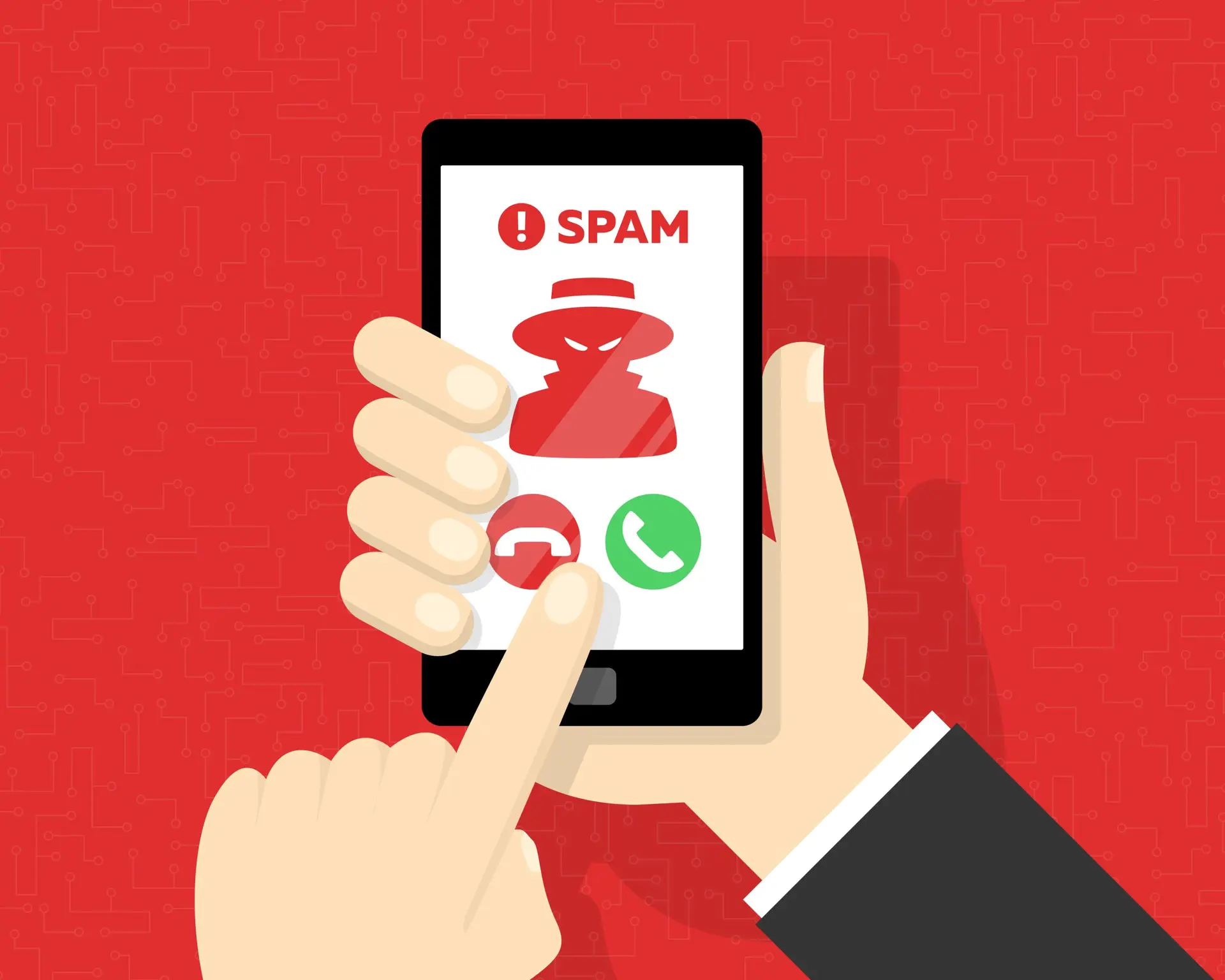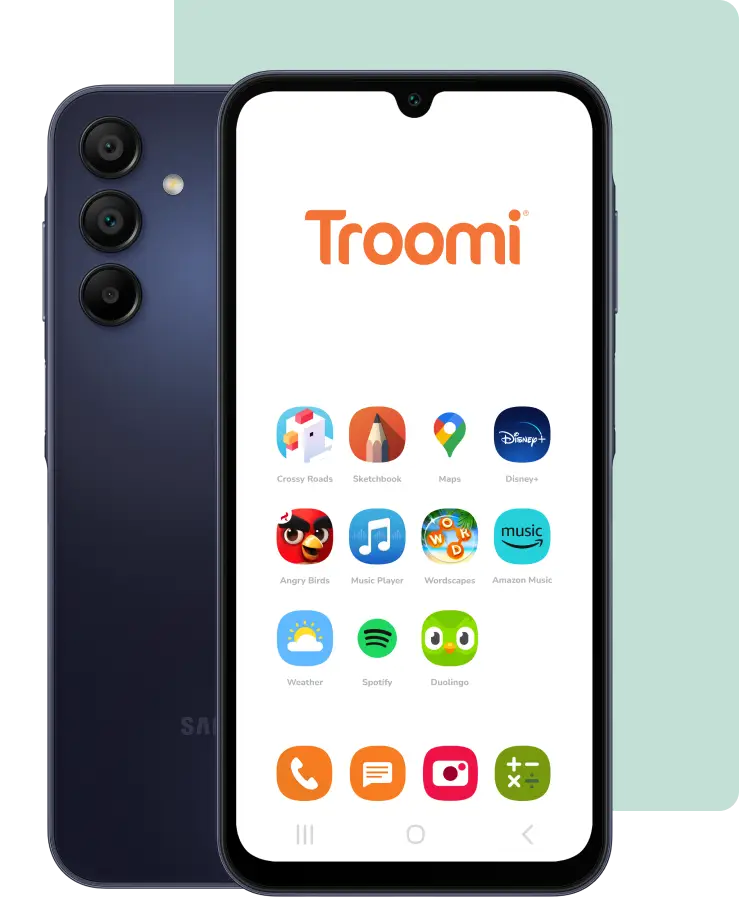Have you ever gotten an email from a foreign prince asking for your help to regain his stolen inheritance? What about a message from an unknown company spontaneously offering you a part-time, work-from-home gig with a seven-figure starting salary? Emails like these sound too good to be true—and they are. In fact, these emails are grade A examples of spam.
Spam emails are annoying, inconvenient, and dangerous. At their best, they take up space in our inboxes. At their worst, however, spam emails welcome hackers, malware, and drive-by downloads onto our computers without a second thought.
Adults aren’t the only ones who have to worry about spam. Many kids and teens use email for school or to communicate with far-away friends and family, leaving their inboxes susceptible to a stream of spam. In fact, research companies report that spam makes up for 73% of all emails sent daily. Yikes! With that statistic in mind, it’s important that our kiddos know what spam is, how to distinguish it from regular emails, and how to prevent these unwanted messages altogether.
What Is Spam?
Before we get into the nitty-gritty of spam recognition and prevention, let’s define it.
In a nutshell, spam emails are unwanted and unrequested messages delivered to you and your child’s inboxes, often from illegitimate email addresses. They’re typically sent to a large number of recipients from anonymous senders or spambots (computer programs that scour the Internet for potential victims, then create fake email addresses from which they forward spam).
Spam messages usually contain advertisements, identity-compromising phishing attempts, or malicious links and attachments. Interacting with a spam email by clicking on a link (even the unsubscribe link) or opening an attachment may download malware onto your computer or your child’s mobile device. That’s why it’s safest to delete potential spam emails without even opening them.
However, it’s not always easy to differentiate spam from regular emails—especially since kids don’t have as much exposure to email as adults do. Thus, it’s our responsibility as parents and teachers to give kids the tools necessary to recognize spam.
Teach Your Child to Recognize Spam
Teaching kids to recognize spam is easier than you might think—it just takes a little practice. Here are a few ways you can teach your child to discern and distinguish spam:
- Check the sender’s email address. Real-life companies and people rarely send spam. Instead, spam emails usually come from nonstandard email addresses that consist of a random combination of numbers and letters. If an email address looks fake, think before you trust it.
- Read the subject line. If the subject of an email sounds too good to be true, it probably is. Next time an email’s subject line promises your kiddo massive amounts of wealth or a free trip to beautiful Ibiza, tell them to take it with a grain of salt.
- Pay attention to grammar and spelling mistakes. Spam bots and AI writing software don’t have the same mastery over the English language that actual speakers do. Clunky grammar and incorrect spelling run rampant in spam emails. If an email seems shady, break out those reading glasses and help your child do some close reading.
- Check for a lot of URLs. Spam senders want nothing more than to trick you and your child into visiting a fake website and downloading a virus. That’s why spam messages are usually full of links. If your kiddo gets an email that’s suspiciously stuffed with URLs, they should simply delete it.
- Trust your gut. Kids are naturally intuitive and perceptive little people. Remind them to follow their instincts when it comes to the Internet. If they think an email might be spam, it likely is. As in all things, it’s better to be safe than sorry!
Eight Ways Kids Can Prevent Spam
Teaching your child how to recognize spam is a valuable digital life skill. Once that’s done, however, you might be asking, “Is it possible to get rid of spam entirely?” After all, helping your child remove spam from their inbox increases productivity and ensures that they don’t miss an important piece of info from a teacher or family member.
Eliminating spam sounds like a dream—but it can be a reality. While some spam messages inevitably slip through the cracks, here are eight ways that you and your children can dam the flood of unwanted emails.
- Keep your email address private. Remind your child to refrain from sharing their email address on message boards, social media comments, or in chat rooms. Messaging in chat rooms is dangerous enough as it is, but spam bots make it even more so. These bots scan the Internet for comments containing email addresses, which they then add to their email blast list.
- Use a spam filter. Most email providers have a built-in filter that naturally sends potential spam to a separate folder, keeping your child’s inbox free from the stuff. Help your child turn this filter on and ensure that the settings are up to snuff.
- Don’t reply to spam. When your child replies to a spam message, it lets the sender know that the targeted email is active and in use. This in turn encourages the spammer to send more emails, inundating your child’s inbox with dangerous material.
- Don’t open attachments in spam. Opening a spam attachment or downloading an image can make your device susceptible to threats like malware and phishing—and more spam. Avoid spam by ignoring the message and refraining from clicking on any attachments.
- Don’t click on links from spam emails. Avoiding unknown links is one of the first rules of Internet safety. When your child visits an unknown website or clicks a shady looking link, they may compromise their device by accidentally downloading malware. This in turn invites more spam. Here’s a good rule of thumb: if you don’t know who it’s from, don’t give it the time of day.
- Don’t forward chain emails. We’ve all gotten those chain emails that end with “forward this to ten of your closest friends for good luck,” right? Don’t do it! Forwarding a chain email helps the spammer collect new addresses for their email list. I’m pretty superstitious myself, but I can safely say that not forwarding that email won’t mess with your kiddo’s future.
- Review the privacy terms on sites before registering. When your child registers for an online marketplace or social media site, make sure that you both understand the terms of service. They’re exhausting to read, but important. Some sites may share your kiddo’s email with spam bots or other companies, so do some research before registering.
- Create a disposable email address for promotions and petitions. Listen, I love a good discount as much as the next guy. If your kiddo is like me and can’t get away from signing up for promotional emails, help them create a separate account to sign up with. This way, they’ll have one email for school and communication and a disposable address that collects the spam they don’t need.
Troomi Wireless Eliminates Cell Phone Spam
Email isn’t the only place that your child can get spam—their texts and calls are just as susceptible. That’s why smartphones from Troomi Wireless utilize an optional SafeListing™ feature. When SafeListing™ is turned on, your child can receive texts and calls only from a pre-approved list of people, ensuring that strangers and spammers can’t contact them. Click here to learn a little bit more!
Then, come on back to the Troomi blog for more tips and tricks about parenting in a technological world. We’ll see you soon!


